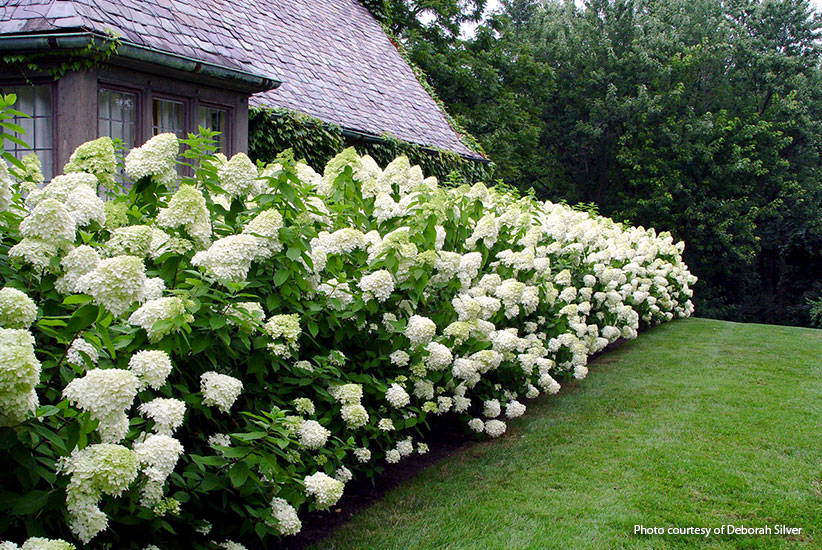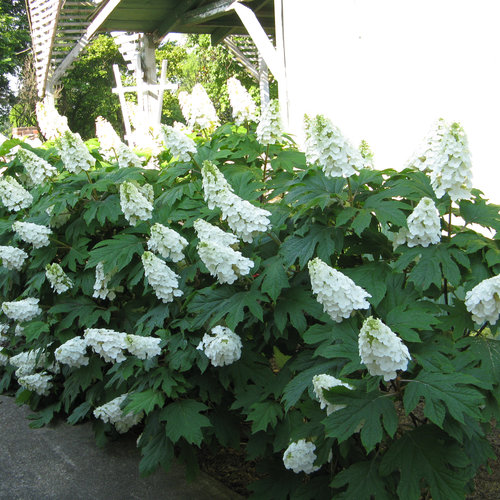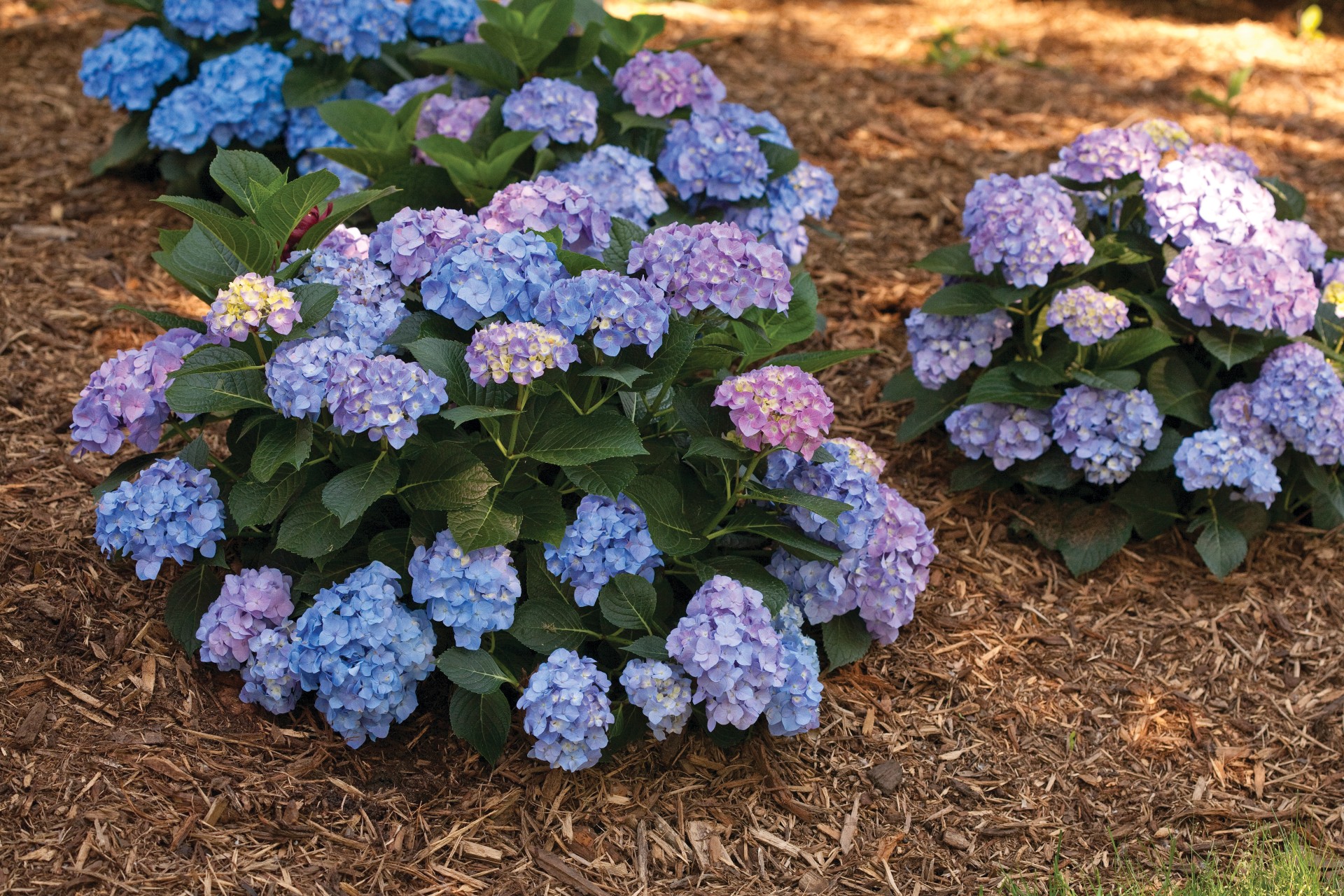Hydrangeas: The Perfect Plants For Afternoon Sun
Hydrangeas: The Perfect Plants for Afternoon Sun
Hydrangeas are a popular choice for gardens, thanks to their beautiful blooms and relatively easy care. However, not all hydrangeas are created equal. Some varieties prefer full sun, while others do better in partial shade. If you're looking for a hydrangea that can handle afternoon sun, there are a few varieties that you'll want to consider.
The Best Hydrangeas for Afternoon Sun
- Panicle hydrangeas are a good choice for full sun. They produce large, cone-shaped blooms that can range in color from white to pink to blue. Panicle hydrangeas are also relatively drought-tolerant, making them a good choice for hot, dry climates.

- Smooth hydrangeas are another good option for full sun. They produce large, mophead blooms that are typically white or pink. Smooth hydrangeas are also relatively hardy, making them a good choice for cold winter climates.

- Oakleaf hydrangeas can tolerate full sun, but they do best in partial shade. They produce large, lacecap blooms that are typically white or green. Oakleaf hydrangeas are known for their beautiful fall foliage, which can turn shades of red, orange, and purple.

How to Care for Hydrangeas in Full Sun
Hydrangeas that are grown in full sun will need more water than those that are grown in partial shade. Be sure to water your hydrangeas deeply and regularly, especially during hot, dry weather. You may also need to fertilize your hydrangeas more often if they are grown in full sun.
In addition to water and fertilizer, hydrangeas that are grown in full sun will also need some protection from the wind. If you live in an area with strong winds, you may want to plant your hydrangeas in a sheltered spot or provide them with some windbreak.
With a little care and attention, hydrangeas that are grown in full sun can thrive and produce beautiful blooms for many years to come.
Conclusion
Hydrangeas are a versatile and beautiful plant that can add a touch of elegance to any garden. If you're looking for a hydrangea that can handle afternoon sun, there are a few varieties that you'll want to consider. With proper care, these hydrangeas will reward you with stunning blooms for years to come.
Hydrangeas are beautiful flowering shrubs that can add a touch of elegance to any garden. But not all hydrangeas are created equal. Some varieties, such as panicle hydrangeas, can tolerate afternoon sun, while others, such as bigleaf hydrangeas, prefer partial shade.
If you're not sure which type of hydrangea is right for your garden, or if you're wondering how much sun your hydrangea needs, I recommend visiting . This website has a wealth of information about hydrangeas, including a section dedicated to hydrangeas in afternoon sun.
also offers a variety of other resources, such as planting guides, care tips, and troubleshooting advice. So whether you're a beginner or an experienced gardener, you're sure to find something helpful on this website.
FAQ of hydrangea afternoon sun
- Can hydrangeas tolerate afternoon sun?
The answer depends on the variety of hydrangea. Some hydrangeas, such as panicle hydrangeas, can tolerate full sun, while others, such as bigleaf hydrangeas, prefer partial shade. If you are unsure which type of hydrangea you have, it is best to err on the side of caution and plant it in a spot that receives morning sun and afternoon shade.
- What are the signs of a hydrangea that is getting too much sun?
If your hydrangea is getting too much sun, you may notice that the leaves are turning brown or crispy, or that the plant is not blooming as well as it should. In severe cases, the plant may even die.
- How can I protect my hydrangea from afternoon sun?
If you live in an area with hot summers, you may want to consider planting your hydrangea in a spot that receives morning sun and afternoon shade. You can also create shade for your hydrangea by planting it near a taller shrub or tree, or by using an artificial shade structure.
- Do I need to water my hydrangea more if it is getting afternoon sun?
Yes, you may need to water your hydrangea more if it is getting afternoon sun. The heat of the sun can dry out the soil quickly, so it is important to keep the soil moist, especially during hot, dry weather.
- What are some other tips for growing hydrangeas in afternoon sun?
- Make sure the soil is well-drained. Hydrangeas do not like wet, soggy soil.
- Add organic matter to the soil to help improve drainage and moisture retention.
- Fertilize your hydrangea in the spring and summer with a balanced fertilizer.
- Deadhead spent blooms to encourage new growth and flowering.
- Protect your hydrangea from pests and diseases.
Image of hydrangea afternoon sun
5 different images of "hydrangea afternoon sun" from pinterest.com:
- Hydrangea paniculata in full afternoon sun. The flowers are a beautiful light pink color and are in full bloom. The leaves are a dark green color and are slightly wilted from the heat of the sun.

- A row of hydrangea bushes in full afternoon sun. The bushes are covered in white flowers that are starting to fade in the heat. The leaves on the bushes are a dark green color and are slightly wilted.

- A close-up of a hydrangea flower in afternoon sun. The flower is a deep pink color and is surrounded by dark green leaves. The petals of the flower are starting to curl slightly from the heat.

- A hydrangea bush in a garden with a white picket fence. The bush is covered in blue flowers that are in full bloom. The leaves on the bush are a dark green color and are slightly wilted. The white picket fence provides some shade for the bush in the afternoon sun.

- A hydrangea bush in a meadow. The bush is covered in pink flowers that are in full bloom. The leaves on the bush are a dark green color and are slightly wilted. The meadow provides some shade for the bush in the afternoon sun.

Post a Comment for "Hydrangeas: The Perfect Plants For Afternoon Sun"